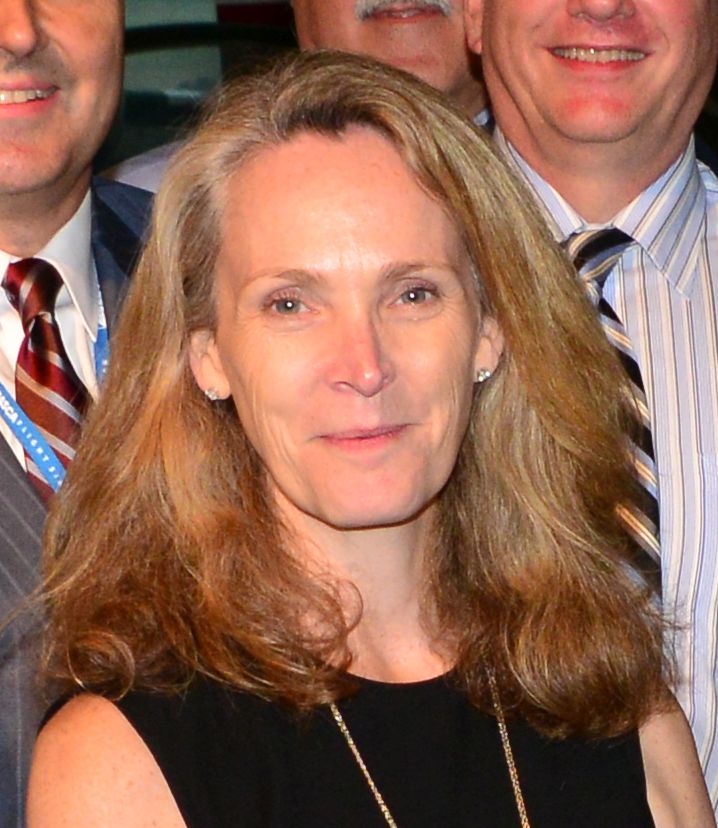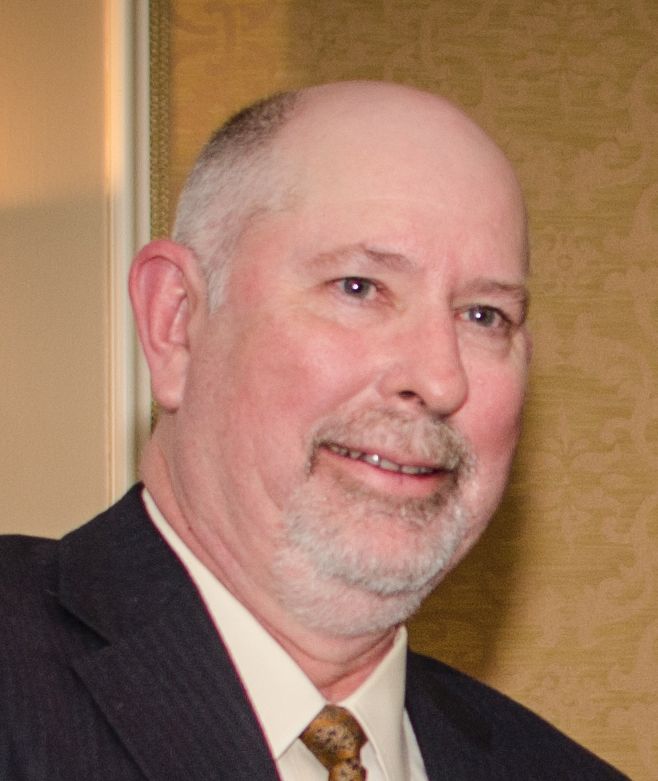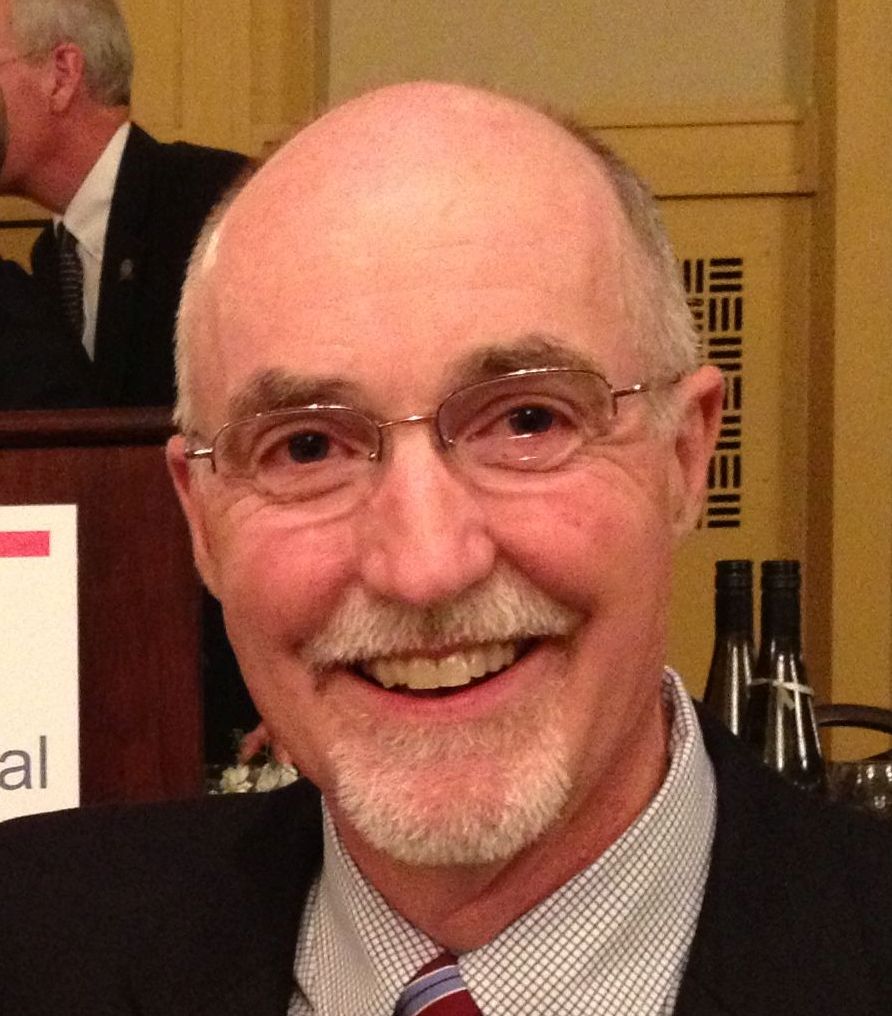Testimonials
Benefits of Partnering with Industry
Ms. Lynne McMullen, Seneca College (Retired)
The Aviation Accreditation Board International’s accreditation of Seneca College’s Bachelor of Aviation Technology has not only raised the profile and reputation of the program, but has opened doors to new and invaluable industry partnerships. Jazz chose to partner with Seneca on a direct entry Cadet Program because of this accreditation as well as our commitment to high quality, state-of-the-art, professional pilot training. The training provided meets the high standards that align with the requirements of both AABI and Jazz and reflect an ongoing commitment to safety as a top priority.
Jazz is one of the largest regional airlines in the world, serving 70 destinations in Canada and the United States, and providing customers with seamless connections to the worldwide networks of Air Canada and the Star Alliance under the brand name Air Canada Express (formerly Air Canada Jazz).

Effects of Accreditation on Resource Allocation, Facilities, Equipment and Services.
Dr. Paul Craig, Middle Tennessee State University
When you think of the value of accreditation you think of the benefits to the institution and its students that take place outside of the university – such as the credibility accreditation provides to employers. At Middle Tennessee State University (MTSU), our AABI accredited Aerospace programs certainly have enjoyed this benefit, but we have also seen value inside of the university as well.
In 1996, MTSU was planning to build a new and state-of-the-art building to house the university’s College of Business. The plan was to build a building larger than the College of Business needed, with the remaining space going to a department that also needed new space. Building space on a college campus is scare and many departments were lobbying, politicking and positioning themselves for that space in the new building. In 1997, a visiting team from the Council on Aviation Accreditation (now AABI) arrived on campus as MTSU had requested reaffirmation for five aviation programs.

The visiting team noted that the MTSU Aerospace Department was located in the basement of the old gymnasium (an aviation program in the basement? The metaphor was all wrong!) and that the facilities and the basketballs bouncing over the classrooms were less than optimal. The visiting team listed the aviation classrooms, labs and facilities as a weakness of the program. That CAA report was delivered to the MTSU President James Walker. The next fall President Walker declared that when the new building opened it would be called The Business and Aerospace Building. Many departments had waited longer for a new building than did the Aerospace Department – but those other departments didn’t have the CAA working for them. Today the Business and Aerospace building sits across the quad from the Walker Library.
In 2002, another CAA visiting team arrived on the MTSU campus and went to work in the building that they helped build. The flight program had grown at MTSU since it was originally accredited under Flight Education in 1995, but the fleet owned by the university was 1970s and 80s vintage Cessna 152s and 172s. MTSU had a new president in 2002, Sidney McPhee. I pointed out to him on his first visit to the Airport Campus that the airplanes were older than the college students who flew them. The CAA visiting pointed out that year that the MTSU airplanes, although safe, were far behind the technology that was then available. The visiting team listed the lack of technology in the training airplanes as a weakness of the program. That CAA report was delivered to President McPhee. Later that year, the faculty gathered in the Tucker Theater for the annual university-wide faculty meeting and the president’s address on the State of the University. In Tennessee, a university president can select one project per year to be submitted to the Tennessee School Bonding Authority. If approved, the Tennessee Legislature authorizes funding of the project through the sale of revenue bonds. In the president’s speech he unveiled his choice. Multiple jaws dropped when the project selected was – a fleet of new training airplanes! Nobody really saw that coming. Many others had petitioned viable projects to the president – but those other projects didn’t have the CAA working for them. Today you can visit our Airport Campus and see the array of Diamond DA40 aircraft equipped with Garmin G-1000 equipment.
Reaffirmation comes around every five years, so in 2007 an AABI visiting team arrived on the MTSU campus again. The MTSU Maintenance Management program had grown to the point that we did not have enough qualified maintenance faculty to handle a normal rotation of classes. Because of this, students who fell off the rotation could never graduate in four years. At the same time our Flight Dispatch program had grown, but we did not have a faculty member dedicated to that program – the classes were covered by any number of other faculty members. The AABI visiting team listed the lack of faculty in their report as a recommendation to the program. That AABI report was delivered to the president and in turn the president sent the report to the provost. That year was a difficult financial year – in fact MTSU hired only nine new faculty for the entire university – but two of those nine were given to Aerospace. Other departments were denied requests for additional faculty, but those other departments didn’t have the AABI working for them. Today when you visit MTSU, please say hello to Dr. Terry Hunt of the Maintenance Management program and Dr. Andrea Georgiou, director of the Flight Dispatch program.
The accreditation cycle continues, so in 2012 another AABI visiting team arrived on campus. The visiting team pointed out that the MTSU flight training devices were being housed in an old hangar. The hangar was drafty and would even allow water under the door in heavy rains. The AABI visiting team listed the flight training device facilities as a weakness of the program. That AABI report was delivered to the president who in turn sent the report to the Facility Planning manager. Today a new Flight Simulator building is under construction at the MTSU Airport Campus. The Agriculture department needed a new horse barn, the Astronomy department needed a new telescope and the Music department needed a new recording studio – but those departments didn’t have the AABI working for them. The new flight simulator building will be ready to house the FTDs in the fall of 2015 – you are invited to the ribbon cutting.
MTSU Aerospace will be coming up for reaffirmation again in 2017. I am already working on my wish list!
Benefits of Accreditation from an Industry Perspective
Capt. Dave Bushy, Delta Air Lines, JetBlue Airways and Cape Air (Ret.)
Accreditation of university aviation programs by the Aviation Accreditation Board International is one of the most powerful independent tools serving the Aerospace industry today. The benefits and intangibles are many.
The first is the direct benefit – that of knowing the standards used in educating the graduates of universities who seek employment with our companies. We do not have to assume or explore their educational level or knowledge – for if they graduate from an AABI-accredited program, we can be assured that they have met or exceeded the standards set by AABI and maintained by the institution as part of the recurring accreditation process. Were it not for that process, each company would have to conduct its own evaluation of an institution in order to ensure the quality of the education. That would be an impossible task – which means that we would be “flying blind” in knowing just what educational outcomes a student may have achieved as part of their education.

The second is the indirect benefit. AABI is the only program-accreditation organization that has an equal number of industry and academic board members. We help drive standards at AABI and then ensure that they are applied by serving on committees, task forces and visiting teams. We become more knowledgeable of institutions and the needs of the students and the schools themselves get to know how our businesses are changing. The annual Industry-Educator Forum at AABI is unique. It provides a perspective for academia on what we are looking for in candidates – in skills, knowledge and decision-making abilities. And it allows the institutions to respond to us each year on how they are evolving in this ever-changing industry.
The final benefit of accreditation is the most important and the least tangible – it involves relationships. Our ability to get to know students and their institutions early in their educational process allows us to inspire and mentor young aviation professionals and to learn how to best serve their career needs. It allows us to know the students, the faculty and the institutions, by being guest lecturers, and members of Aviation Advisory Committees – opening up avenues of learning and innovation that demonstrably move the industry forward. The creation of the JetBlue University Gateway Program was inspired by industry and academia jointly working on a path that would benefit all stakeholders – most especially the student who needed a professional approach to his or her career.
Do you have a testimonial about your experience with AABI to add to our website? Email victoria@aabi.aero or ceci@aabi.aero to find out how.